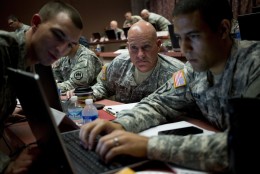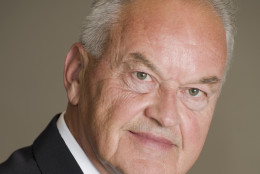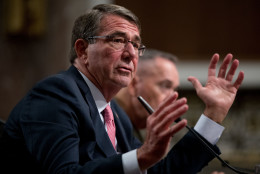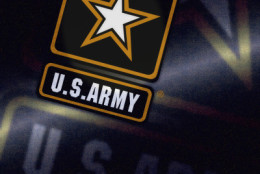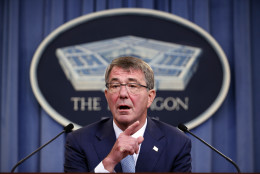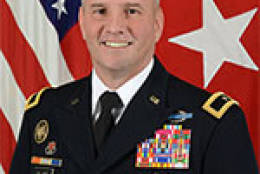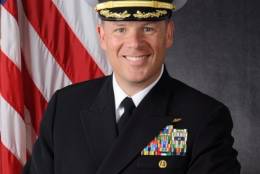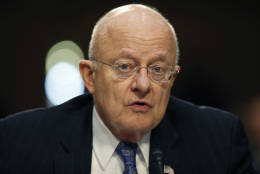Defense Department
-
Rumors of the death of Army Knowledge Online — the web portal soldiers and Army civilians have used for everything from training to email since the 1990s — were evidently premature.
November 07, 2016 -
The Army is currently experimenting with a concept it calls cyber support to corps and below (CSCB) — the notion that individual tactical units need to deploy with their own offensive and defensive cyber and electronic warfare capabilities and be prepared for an enemy that can and will use electronic attacks on the battlefield.
November 07, 2016 Jon Harper, senior writer for National Defense Magazine, joins host Derrick Dortch to talk about the differences between presidential candidates Hillary Clinton and Donald Trump on defense issues. November 4, 2016
November 04, 2016-
Last month, the Army, along with the rest of the military services, announced all of the active duty cyber teams they’re building for U.S. Cyber Command have reached their initial operating capability and are ready for offensive and defensive missions. Next in line: teams made up entirely of National Guard and Army Reserve personnel.
November 04, 2016 -
Although Congress failed to set any productivity records this year, Senior Correspondent Mike Causey says it may OK three big-ticket items for federal workers.
November 03, 2016 -
Defense Secretary Ashton Carter announced a series of recruiting changes on Tuesday that he said would let the armed services recruit from a broader swath of the American population, rebuild lost ties with local communities and reduce growing misconceptions about military service.
November 02, 2016 -
Here's a quick overview of the Federal News Radio's special report The Army is Shortchanging its Future Force.
October 31, 2016 -
Defense-minded voters have been left with relatively little to go on as the nation nears the end of a presidential campaign that’s included only scant discussion of military issues.
October 31, 2016 -
With only a few months left before his tenure as Defense secretary expires, Ashton Carter took one more step to drive home his point that the Pentagon needs more "innovation" in its bloodstream.
October 31, 2016 -
It’s a good bet that most Americans have never heard of the military’s Joint Task Force Civil Support. That’s due, in good measure, to the fortunate fact that it’s never had to perform its primary mission during its 17 years in existence: deploying military forces to the site of a chemical, biological, radiological or nuclear (CBRN) disaster.
October 27, 2016 -
Welcome to the #FedFeed, a daily collection of federal ephemera gathered from social media and presented for your enjoyment.
October 26, 2016 -
Former DHS CHCO Jeff Neal says agencies handle overpayments in different ways, but the basic processes are similar.
October 26, 2016 -
If the Defense Department is getting financial savings from its contracted work, it either doesn't know or just isn't reporting it. Nor has the department developed a plan for getting more efficiency out of its staff and contractors. A lot of work yet to be done. Brenda Farrell, director of defense capabilities and management issues at the Government Accountability Office, talks to Federal Drive with Tom Temin about GAO's latest work on civilian workforce costs
October 26, 2016 -
For the Navy, virtual reality is more than a training tool. It's also becoming a novel way of public outreach. The Recuiting Command plans to field trailer-sized virtual reality chambers to let citizens experience a real-life Navy Seal operation. Capt. Dave Bouve, the national director of Navy Marketing and Advertising. He talked about the VR project on Federal Drive with Tom Temin.
October 26, 2016 -
The time has come to split U.S. Cyber Command from the National Security Agency and assign separate leaders to each organization, the nation’s top intelligence official said Tuesday.
October 26, 2016


